Introduction to PPR Plumbing
PPR (Polypropylene Random Copolymer) pipes have emerged as a popular choice in plumbing systems due to their versatility, durability, and ease of installation. One of the key aspects of PPR plumbing is its heat fusion connection technique, which ensures secure and leak-free joints. Let’s delve into the various methods and techniques involved in PPR heat fusion connection.
Understanding Heat Fusion Connection
1. Principle of Heat Fusion
Heat fusion is a method used to join thermoplastic pipes by heating the surfaces to be joined and pressing them together. In PPR plumbing, heat fusion creates a strong, homogeneous bond between pipe and fittings, ensuring leak-proof connections.
2. Socket Fusion Technique
Socket fusion is the most common method for joining PPR pipes and fittings. It involves heating both the pipe and fitting sockets using a specialized heating tool until they reach the fusion temperature. The heated surfaces are then pressed together, resulting in a fused joint.
3. Electrofusion Method
Electrofusion is another heat fusion technique used in PPR plumbing, particularly for larger diameter pipes. It involves using an electrofusion machine to generate heat and melt the inner surface of the fitting and outer surface of the pipe simultaneously. Once heated, the fitting and pipe are pressed together, forming a strong bond.
Steps for Heat Fusion Connection
1. Preparation
Before starting the fusion process, ensure that the pipes and fittings are clean, dry, and free from any contaminants. Mark the insertion depth on the pipe and fitting to ensure proper alignment during fusion.
2. Heating
Use a suitable heating tool, such as a socket fusion iron or electrofusion machine, to heat the pipe and fitting surfaces evenly. Follow the manufacturer’s guidelines for the correct temperature and heating time based on pipe size and material thickness.
3. Joining
Once the surfaces reach the fusion temperature, quickly remove them from the heating tool and join them together firmly. Apply uniform pressure to ensure proper fusion and maintain alignment until the joint cools and solidifies.
Advantages of Heat Fusion Connection
1. Leak-Free Joints
Heat fusion creates seamless, leak-proof joints that eliminate the risk of water leakage or seepage, ensuring long-term reliability and performance.
2. High Strength
Fused joints offer superior strength and integrity compared to mechanical joints, reducing the likelihood of joint failures or pipe separations.
3. Chemical Resistance
Heat fusion joints maintain the chemical resistance properties of PPR pipes, making them suitable for a wide range of applications, including hot and cold water systems, chemical transport, and industrial processes.
Conclusion
Mastering the heat fusion connection technique is essential for ensuring the reliability and durability of PPR plumbing systems. Whether using socket fusion or electrofusion methods, proper preparation, heating, and joining techniques are crucial for achieving strong, leak-free joints. By understanding and implementing these techniques effectively, you can create robust PPR plumbing installations that meet the highest standards of performance and reliability.
IFAN is a Chinese manufacturer of plastic pipes, fittings and valves with 30 years of experience. If you are interested in IFAN copper fittings, copper valves, plastic pipes and fittings, please contact us. IFAN offers you a variety of standard pipes to meet your specific needs. Click below to learn more about IFAN’s wide range of affordable and cost-effective valve products and piping system related products.
We will reply your email or fax within 24 hours.
You can call us at any time if there is any question on our production.
For more information,pls visit our webside https://pipefittingpro.com/
Pls Mailto: [email protected]
Whatsapp: + 86 19857948982

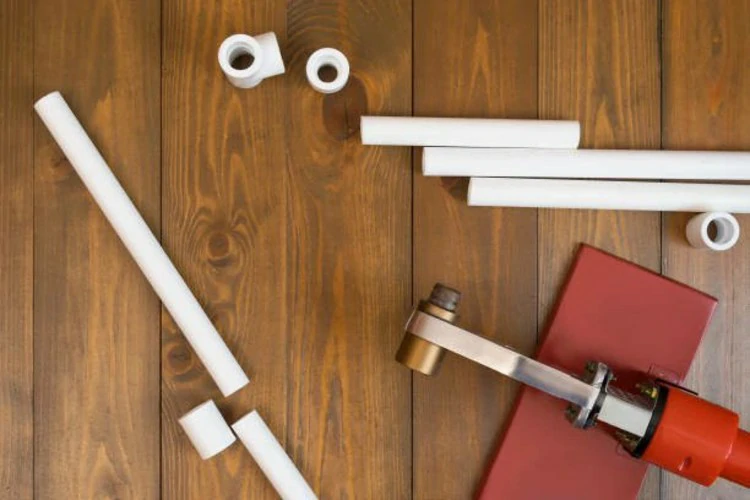
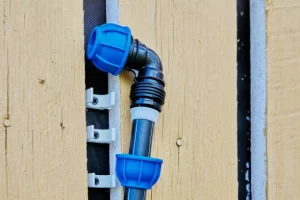
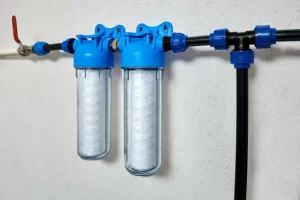
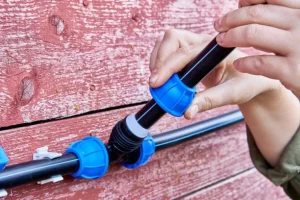
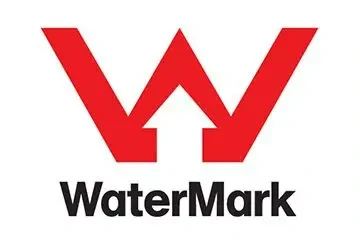

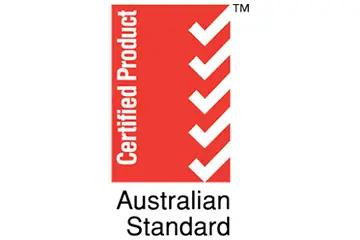
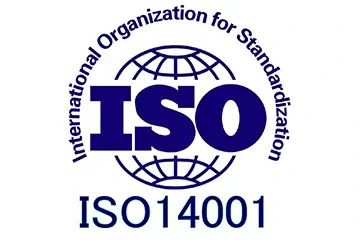

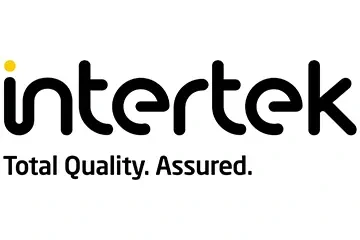


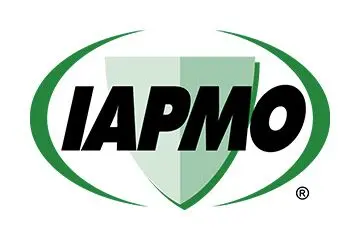
Recent Comments